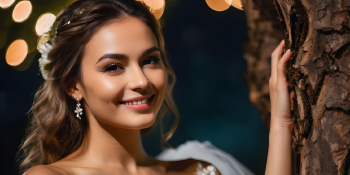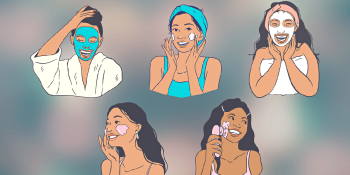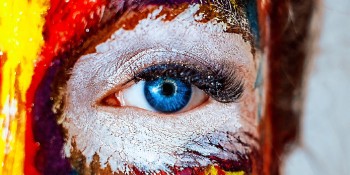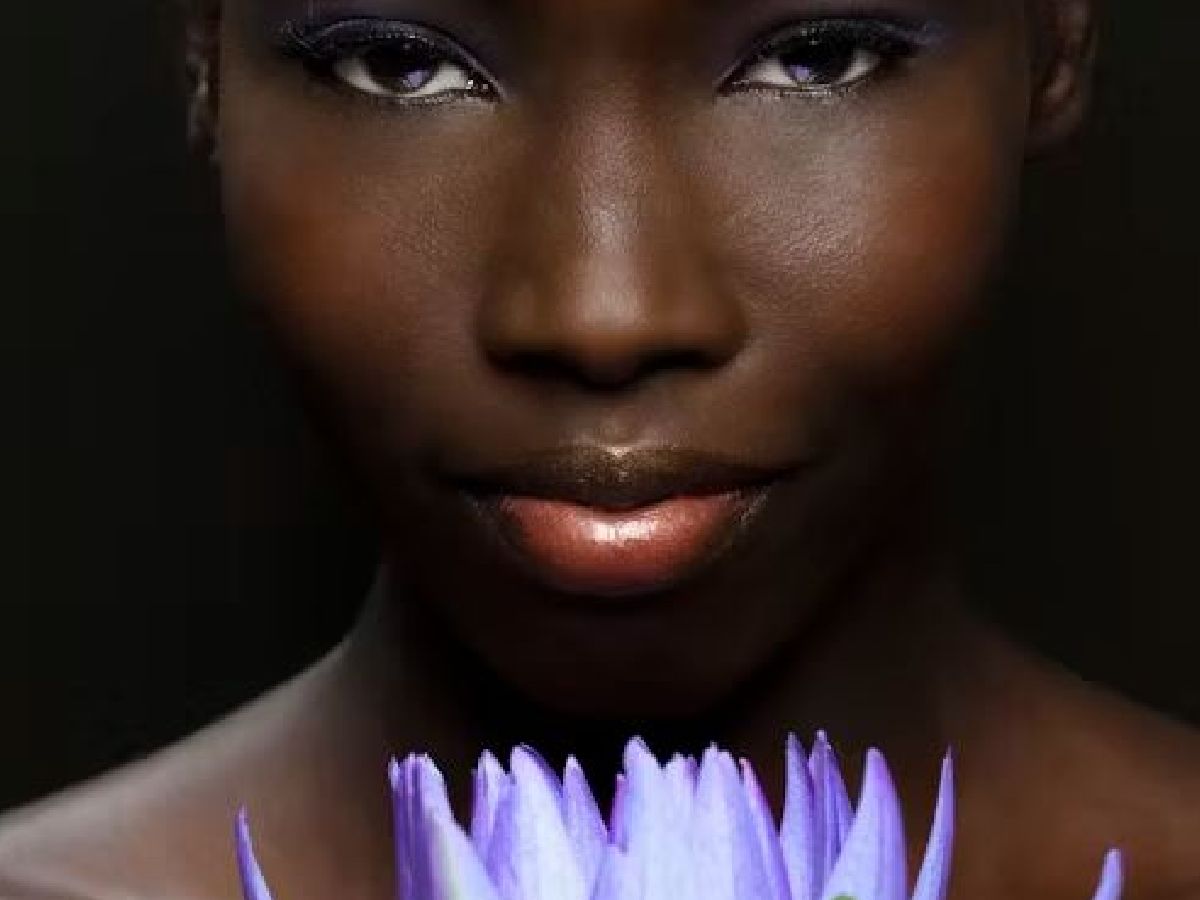Beauty has always been a captivating subject across cultures, generations, and philosophies. From the perfect symmetry of a flower to the grace of human movement, from the art that stirs emotion to the silence of a serene landscape, beauty takes many forms. But what is beauty, really? Is it skin-deep, or does it lie in the eyes of the beholder? Is it something we are born with, or something we grow into?
The concept of beauty is much deeper than mere physical appearance. It is a harmonious blend of perception, emotion, culture, personality, and aesthetics. In today’s fast-paced world filled with filtered images and idealized standards, it's more important than ever to reflect on what beauty truly means.
The Evolution of Beauty
Throughout history, beauty standards have evolved significantly. In ancient civilizations, full figures were considered symbols of fertility and health. During the Renaissance, pale skin and curvy bodies were prized. The 20th century saw a dramatic shift in ideals—from Marilyn Monroe’s hourglass figure in the 1950s to the waif-like models of the 1990s.
In the digital age, the influence of social media, celebrity culture, and commercial advertising has made beauty both more inclusive and more confusing. Filters and photo-editing apps allow anyone to present an “ideal” version of themselves online, often blurring the lines between reality and fiction.
This ever-changing landscape proves one thing: beauty is not fixed. It is shaped by time, context, culture, and personal interpretation.
Outer Beauty: First Impressions and Aesthetic Appeal
There’s no denying that outer beauty plays a role in how we perceive others. Facial symmetry, clear skin, healthy hair, and a fit physique are often celebrated in magazines, films, and fashion. The cosmetic and skincare industries are built around enhancing and maintaining these features.
However, focusing solely on external appearance can create unrealistic expectations. People may fall into the trap of chasing perfection—something that doesn’t truly exist. Cosmetic procedures, extreme dieting, or excessive makeup may alter one’s appearance temporarily, but they do not guarantee happiness or self-worth.
That said, taking care of one’s appearance can be empowering. Wearing clothes that make you feel confident, practicing good hygiene, and adopting a skincare routine can positively influence how you feel about yourself. The key is balance—valuing self-care without being consumed by it.
Inner Beauty: Character, Kindness, and Confidence
While outer beauty may attract attention, it is inner beauty that sustains relationships and creates lasting impressions. Kindness, empathy, confidence, humility, and a positive attitude are traits that form the core of inner beauty. These qualities radiate from within and affect the way people experience you.
Consider this: a genuinely kind person often seems more beautiful, regardless of their physical appearance. Their warmth, laughter, and presence can light up a room. That’s because inner beauty has emotional resonance—it is felt as much as it is seen.
Moreover, people who are comfortable in their own skin often exude a natural confidence that is incredibly attractive. They don’t need to seek approval or chase trends because they understand their worth. This authenticity is a powerful form of beauty.
Cultural Perspectives on Beauty
Beauty is not universal—it varies from one culture to another. In some African tribes, lip plates and body scarification are considered beautiful. In parts of Asia, fair skin is prized, while in Western cultures, tanned skin often symbolizes health and vitality.
These differences remind us that beauty is deeply influenced by environment, tradition, and history. What one society admires, another might overlook. This diversity is worth celebrating, as it broadens our understanding and appreciation of human expression.
Globalization and multiculturalism have helped integrate different beauty ideals, leading to a more inclusive and accepting world. The growing popularity of body positivity, gender-neutral fashion, and age-inclusive modeling are examples of how beauty is being redefined today.
The Role of Media and Technology
Media plays a significant role in shaping how we view beauty. For decades, movies, television, and advertisements have presented a narrow standard of beauty—often young, slim, and light-skinned. This portrayal left many people feeling excluded or inadequate.
However, technology and social media have also opened doors for change. Platforms like Instagram and TikTok allow people of all sizes, colors, and backgrounds to showcase their own versions of beauty. Influencers with disabilities, skin conditions, or non-traditional features are gaining followers and inspiring others.
That said, the digital world is a double-edged sword. With the rise of AI-generated images and beauty filters, it’s easy to fall into the trap of comparison. The pressure to look perfect online can impact mental health and self-esteem. Therefore, it’s crucial to consume media mindfully and remember that real beauty is unfiltered.
Beauty as Self-Expression
At its core, beauty is a form of self-expression. Whether it’s through makeup, fashion, art, or language, people use beauty to communicate identity and emotion. For many, it is a source of creativity, confidence, and joy.
Even in everyday acts—choosing a hairstyle, decorating a room, arranging flowers, or writing a poem—there is beauty in the details. When we are connected to what makes us feel beautiful, we engage with life more fully.
Redefining Beauty
In a world obsessed with appearances, it is essential to redefine beauty in more meaningful ways. Beauty should not be measured by symmetry, size, skin tone, or likes on social media. It should be seen in compassion, resilience, grace, and individuality.
True beauty lies in the balance between outer radiance and inner depth. When we appreciate both, we move closer to a world where everyone feels seen, valued, and beautiful in their own right.
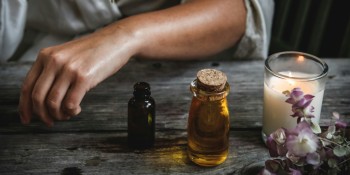
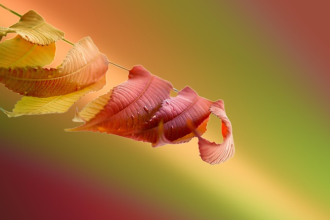
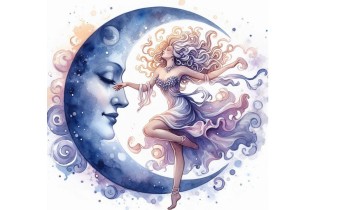
-1753084978.jpg)
